Be in the Know
Elevate your industry knowledge with PT articles and insights crafted by experienced industry experts
Embarking on a body transformation journey takes more than just exercise; it’s also necessary to adopt an intelligent and strategic approach to nutrition. For some, this will just mean making some sensible improvements, but for most, it’s a complete dietary overhaul.
Food choices play a crucial role in fuelling the body with the right nutrients to support health and to maintain an optimal body composition. With transformations, specific foods are carefully selected to improve lean body mass (LBM) while reducing body fat levels, or fat mass (FM).
Where diet is concerned, it’s not uncommon for people to make simple mistakes that can hinder their future progress. In this article, we will discuss the general nutrition strategies used in body transformation programmes and highlight some of the common pitfalls to avoid along the way.
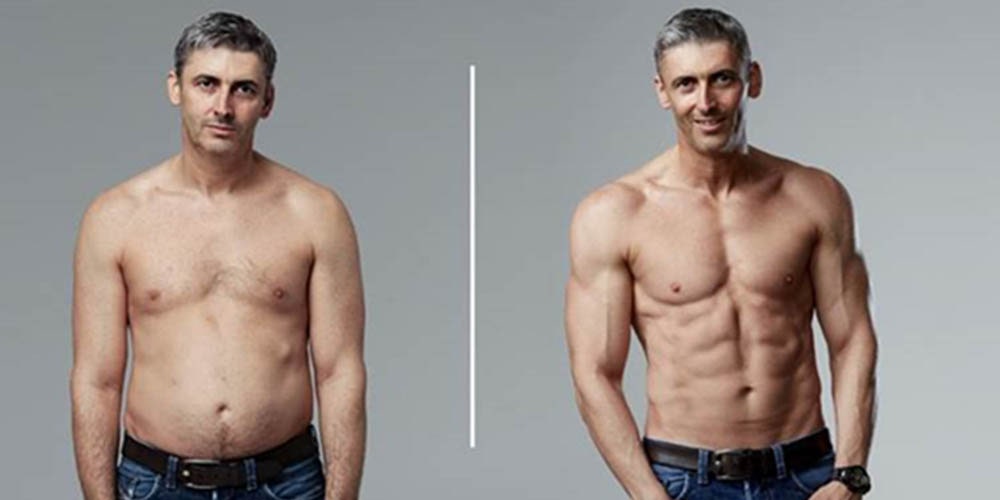
Caloric balance is a fundamental aspect often misunderstood in body transformations; if the body has surplus energy, then it will store it as fat. If it is in its metabolic overdraft, then it will lose fat from its rich stores of adipose tissue.
While a calorie deficit is necessary for fat loss, some individuals tend to overly restrict their energy intake, which can lead to metabolic shutdown and the loss of LBM. Generally, those embarking on a fat loss programme should aim to create a caloric deficit of around 500 kcals per day (3,500 kcals per week), which mathematically, equates to around one pound of body fat. Alongside a programme of heavy resistance training and a high-protein diet, it is possible to work with a greater caloric deficit, although for most people this should be avoided. Fat loss is rarely a linear process and things are not always so mathematically straight forward, as there are a number of wider considerations that must be monitored. This is why it pays dividends to employ the services of a qualified body transformation coach.
An extreme and practical illustration of the energy balance equation at work can be seen with the actor Christian Bale in the film “The Machinist.” In preparation for the role, he is reported to have adopted an extreme diet that consisted of only one can of tuna and one apple per day. This drastic calorie restriction resulted in a weight loss of 4 stone (56 pounds) in just 4 months. Clearly this isn’t a healthy practice and no health and fitness professional worth their salt would recommend this to a client.
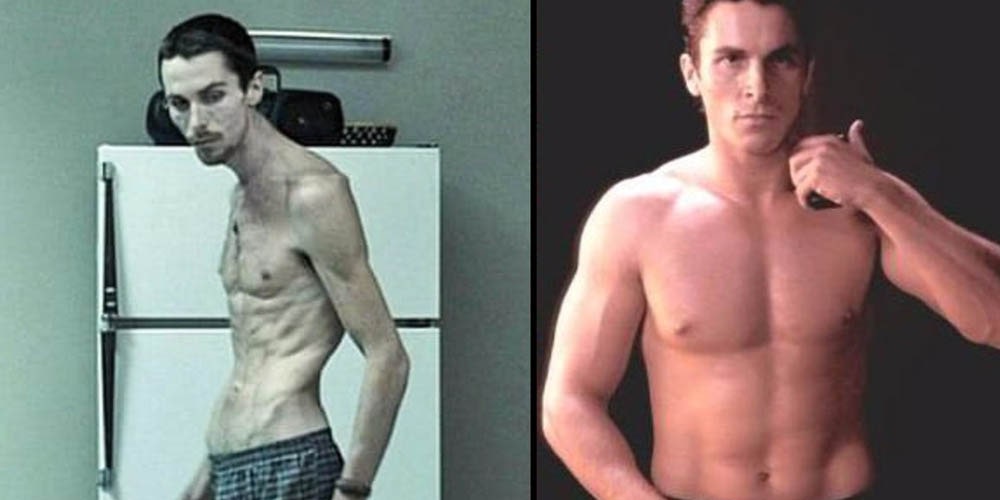
This extreme case-study illustrates that a caloric deficit will always result in weight loss, and that there is a positive correlation between the amount of weight lost, and the size of the deficit (e.g., greater deficits equate to greater weight losses). However, the evidence-base surrounding weight loss indicates that the faster weight is lost, the more likely this will originate from LBM and water (instead of fat) as the body attempts to retain fat for its future survival.
It’s important to underline here that it is neither healthy or sustainable to engage in extreme dietary practices. In fact, where body recomposition (building muscle and losing fat) is concerned, slow and steady wins the race every time because excessively low-calorie intakes are generally counterproductive.
Those undertaking a body transformation programme should generally aim to lose between 0.5-1.0 % of their bodyweight per week, although heavier clients may initially be able to push as high as 1.5% per week. More often than not, those losing more than 1% per week are far more likely to be losing LBM and water, derailing future progress.
Determining if your calorie deficit is too low or not is crucial to the success of any transformation programme. Calculating an appropriate level of daily calories and preparing meals inline with these targets can certainly help! But weight loss isn’t an exact science and different people will yield different results from the same approach. There are however a number of indicators that can help to assess the appropriateness of any dietary approach, including monitoring energy levels, assessing recovery from training, levels of muscle strength, hunger, and satiety levels, and of course, fluctuations in body weight and body fat over time.
For most clients, a healthy rate of weight loss is generally considered to be around 0.5 to 1 kilogram (1 – 2 pounds) per week, which will usually require a caloric deficit of about 500 kcals per day (3,500 per week).
There are a number of online calculators that can be used to estimate daily energy needs, although it’s important to underline again that these should be seen as ‘best guess tools’, rather than precise calculators. My Fitness Pal is a favourite by many online coaches, although it’s not the only one that’s used.
The best approach is to estimate daily energy needs, monitor the effects, then adjust accordingly. It can often take a couple of weeks to find the right balance and get everything pointing in the same direction.
Macronutrients include carbohydrates, fats and proteins, and there are varying and conflicting guidelines on the optimum ratio of each. Certainly, where a body transformation is concerned, protein is arguably the most important nutrient, which is why we’re addressing this one first.
Neglecting to prioritise protein is a common mistake that can have significant consequences in any recomposition programme. Protein plays a vital role in muscle growth, repair, and recovery, making it essential for retaining and re-building muscle tissue post-exercise, or when energy (calories) are in short supply. Most transformation programmes include high-levels of resistance training, so ensuring adequate protein intake should be a nutritional priority for anyone on this journey.
High levels of dietary protein also help to spare muscle protein during periods of low energy availability, as will often be the case when a caloric deficit is created.
Protein-based foods also have higher levels of satiety (hunger supressing) associated with them, helping to reduce cravings. This effect is less likely to work if most of the daily protein is consumed from supplements like Whey protein for example, as many of these are also full of sugar or sweeteners, adversely affecting blood sugar and insulin levels.
Failing to consume enough protein can hinder muscle development, lead to a sluggish metabolism, result in low energy levels, and give rise to other health-related issues. According to a research paper in the Human Kinetics Journal (Smith et al., 2020), aspiring female physique athletes who consumed a higher protein diet of 2.2 g of protein per kg of bodyweight achieved significantly more fat free mass (FFM) gains than those who consumed a lower protein intake of 0.9g of protein per kg of bodyweight. There are of course countless other studies indicating similar results, in both men and women alike.
Although guidelines do vary from one institution to the next, broadly speaking, daily protein recommendations suggest for building muscle a daily intake of 1.8-2.2 g per kg of bodyweight per day. It’s also possible to calculate daily protein needs based on LBM, which often works out to be a more effective strategy because this accounts for different body compositions between individuals.
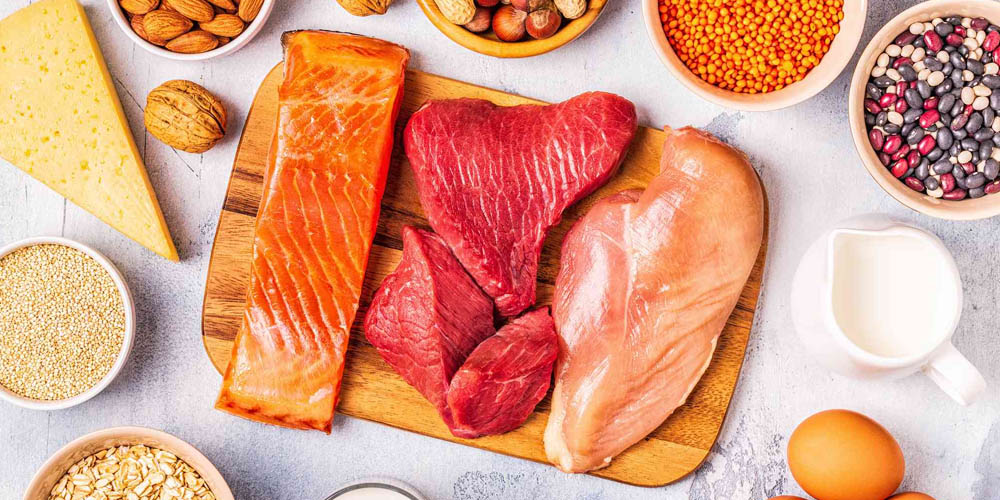
Many participants of a body transformation course make the mistake of going ‘low fat’ in the belief that they will be able to accelerate their fat loss. As long as a caloric deficit is created, there is no correlation between how much dietary fat is consumed and how much body fat can be lost (although eating junk foods with trans fats will make this more challenging). In fact, if too little fat is consumed, the body is more likely to suffer adverse responses that will compromise progress, disrupting the body’s natural hormone balance.
Fat is an essential macronutrient that fulfils a variety of physiological functions, including regulating hormone production, maintaining the health of cell membranes, managing inflammation, optimising metabolism, and aiding the absorption of fat-soluble vitamins like A, D, E and K. It is energy-dense and contains over double the energy of other macronutrients; each gram yields 9 kcals of energy versus protein and carbohydrate, which only contain 4 kcals.
Low-fat diets can disrupt hormone levels, especially where testosterone is concerned, which in men and women alike is necessary for many of the anabolic reactions associated with hypertrophy (muscle growth). In female participants, low-fat diets that are sustained for long-periods of time can also disrupt their normal menstrual cycle and reproductive health. It is worth repeating the fact that a low-fat diet has no correlation with a low-fat body!
Broadly speaking, individuals should aim to consume 20-45% of daily energy from fat, ideally healthy sources that are naturally sourced (e.g., avocados, olive oil, nuts, seeds, oily fish). Wherever possible, it’s best to avoid any foods which have been processed, because these contain high-levels of trans fats, which are to some extent chemically unrecognisable to the body. Nick Mitchell, Body Transformation Coach, and owner of Ultimate Performance, describes these foods as Frankenstein Foods.
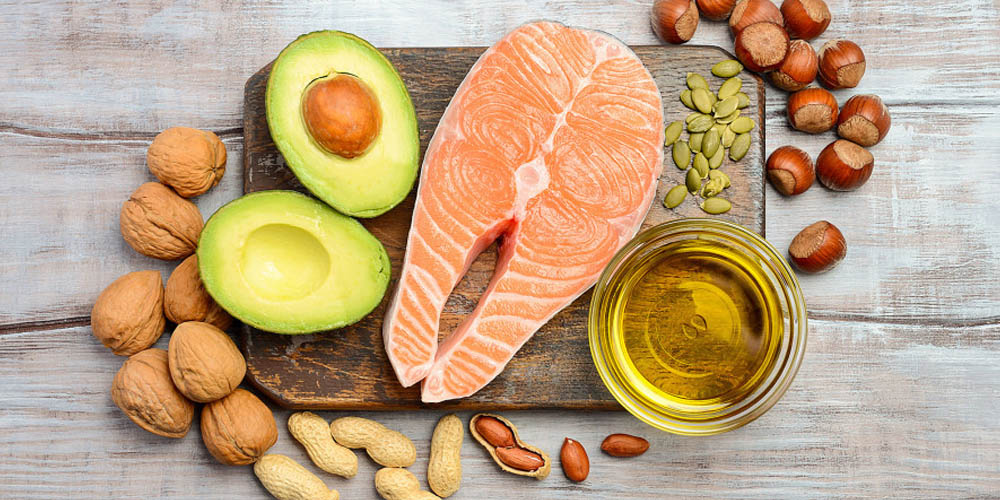
Most transformation programmes include strict diet plans that promote muscle growth and reduce body fat, although those clients that are already lean at the start of their programme will likely focus more on muscle building and less on fat burning.
Throughout a typical 12-week transformation programme, participants will likely need to reduce their daily intake of carbohydrates in order to allow for higher quantities of protein and fat to be consumed, both of which better help to supress hunger and promote muscle growth.
Carbohydrates do provide a valuable source of energy and they are the only fuel that the neuromuscular system can use (in the form of blood glycogen and blood glucose). However, it’s important not to overly rely on these foods, especially refined or processed options like bread, pasta, pizza, pastries, and sweet desserts, which are likely to cause spikes in blood sugar and insulin levels, affecting the continuity and availability of energy.
Being mindful of how carbohydrates affect blood sugar levels and the ‘insulin response’ is essential for recomposition results because the wrong food choices and/or poor carbohydrate timing can lead to energy fluctuations, increased hunger, and cravings. Most participants following a body recomposition/transformation programme will follow a low-carb, high-protein, and higher fat diet. They certainly wouldn’t be aiming to consume the 50% target advertised in the UK Governments 2015 Carbohydrate and Health publication (SACN, 2015).
Eating carbohydrates post-workout is thought to improve insulin sensitivity, which is crucial for any weight management and fat loss programme. This also promotes metabolic health and helps to combating insulin resistance, a common cause of obesity in the UK, USA, and the rest of the Western World. When a person performs resistance training, like lifting weights for example, the muscles become more responsive and receptive to insulin (the opposite of what happens with type 2 diabetes), allowing for better blood sugar regulation and a greater uptake of glucose into the exercising muscle.
There is some evidence that avoiding carbohydrates in the morning can be beneficial for fat burning purposes because the stress hormone cortisol is generally much higher in the morning, especially just after waking. Consuming carbohydrates early in the morning can cause insulin levels to spike, inhibiting cortisol and increasing hunger.
Building muscle can also increase the body’s capacity to store carbohydrate in the form of glycogen, allowing more carbs to be consumed and stored in the future. Consuming carbohydrates in the evening can help to restore glycogen stores that were used through the day in activity and exercise, while also promoting the release of serotonin, the body’s sleep hormone. This will help to promote health, relaxation, while also maximising recovery from any intense training that has been performed.
Broadly speaking, consuming approximately 1.5 g of carbohydrate per kg of body weight will be sufficient for most participants on a transformation programme. It’s generally best to focus on protein and healthy fat sources first, then use carbohydrates to make up the calorie shortfall. Those only exception to this, and where carbohydrates may need to be prioritised, is when intense and prolonged exercise is performed, in which case additional carbohydrates will need to be performed to fuel exercise.
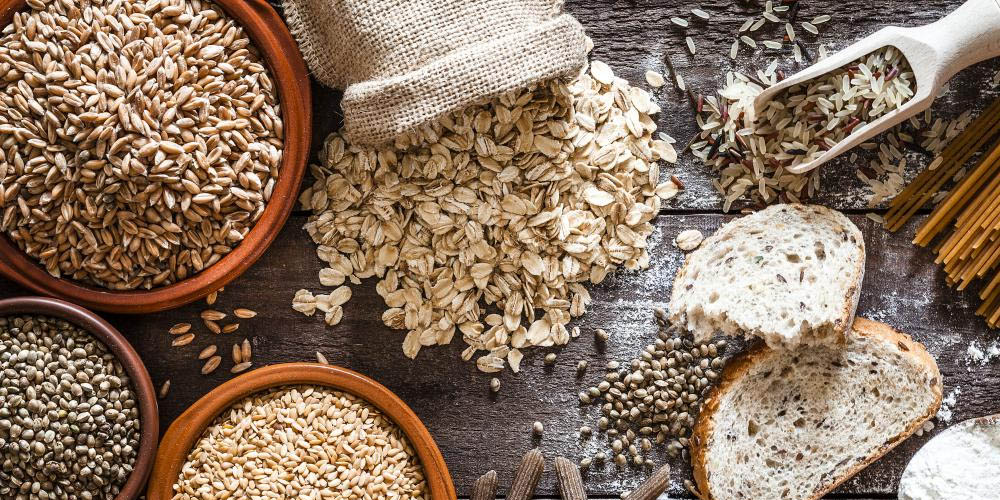
Interested in learning more about health, fitness, and nutrition? Then take a look at our range of nutrition courses and qualifications. Alternatively, if you’re interested in becoming a body transformation coach, then take a look at our Body Transformation Coaching Course.
The Journal of Paediatrics. (2010). Volume 157, Issue 2, August 2010, Pages 252-258. [Online] Available at: https://www.sciencedirect.com/science/article/abs/pii/S0022347610001204 16.07.2023
Smith, J., Johnson, A., Williams, R. (2020). Effects of High Versus Low Protein Intake on Body Composition and Maximal Strength in Aspiring Female Physique Athletes Engaging in an 8-Week Resistance Training Program. International Journal of Sport Nutrition and Exercise Metabolism, 28(6), 580-595.
Scientific Advisory Committee on Nutrition (SACN), 2015. Carbohydrates and Health.
Back to articlesAnd get the fast-paced world of personal training delivered straight to your inbox every week
Great news, you're on the list...